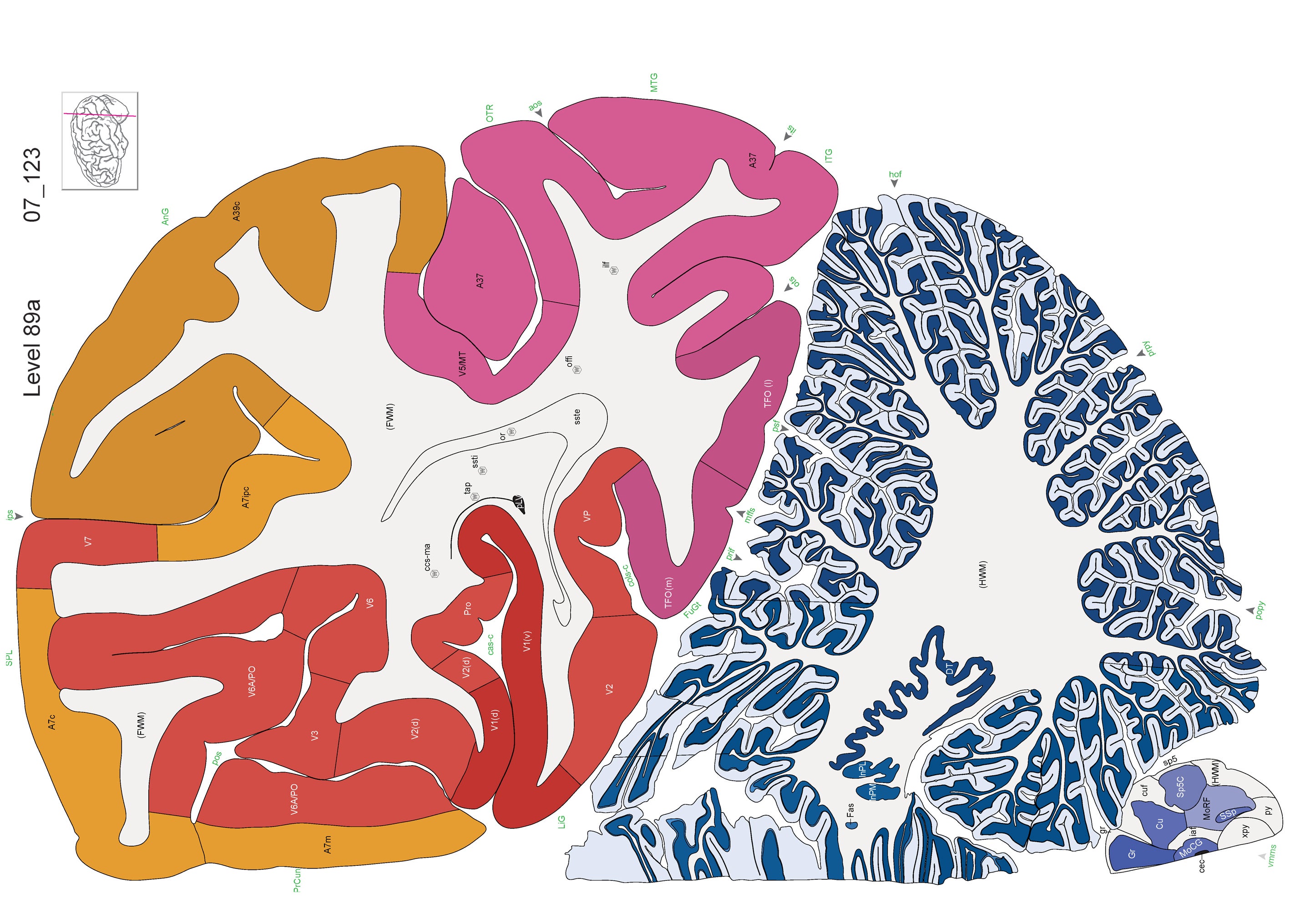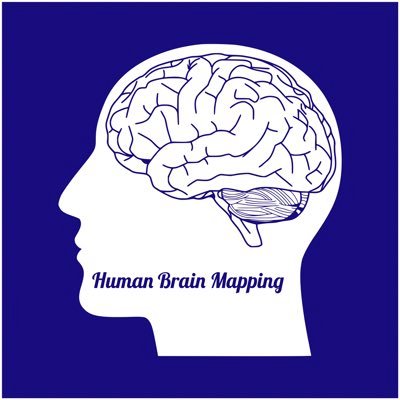

Functional imaging of developmental and adaptive changes in neurocognition. Understanding numbers, was also a big step: '5' or '50' is more informative than 'few' or 'many'. 10.1016/j.neubiorev.2018.05.006Īshburner, J. Using words, was a big step in the development of human intelligence: 'Elephant' is more informative than 'Big Animal'. Neuroscience and Biobehavioral Reviews, 92, 55–66. Current perspectives on the cerebellum and reading development. Phonological awareness training and remediation of analytic decoding deficits in a group of severe dyslexics. The contribution of the cerebellum to speech production and speech perception: Clinical and functional imaging data. Human Brain Mapping published by Wiley Periodicals, Inc.Īckermann, H. However, each time an item in short-term memory is rehearsed, it is strengthened in long-term memory. Together the results do not support the theory that the cerebellum is affected functionally during reading in children with dyslexia.Ĭerebellum child dyslexia functional magnetic resonance imaging reading reading disability word processing. The limit of items that can be held in the short-term memory is an average between four and seven, yet, with practice and new skills that number can be increased. However, there was no task-specific FC for word processing in either group and no between-group differences. It also emerged in an area related to numbers and measurements.

For instance, the word top turned up in a brain region with clothing words. Often, the same word appeared in more than one location. When comparing the two groups, they differed in background FC in connections between the seed region right crus I and three left-hemisphere perisylvian target regions. After mapping where meanings were represented in the brain, the researchers figured out where individual words might show up. In the group with dyslexia, there was background FC between the cerebellum and several cortical regions. Turning to functional connectivity (FC) in the controls, background FC (i.e., not specific to reading) was predominately found between the cerebellum and the occipitaltemporal cortex. In the group with dyslexia there was no cerebellar activity for either contrasts and there were no differences when they were compared to children without dyslexia.

We found cerebellar activity in the control group when word processing was compared to fixation, but not when it was compared to the active baseline task designed to reveal activity specific to reading. The present study used functional magnetic resonance imaging (fMRI) and a single word processing task to test for differences in activity and connectivity in children with (n = 23) and without (n = 23) dyslexia. We'll examine the structures of the brain and how each section controls our daily functions, including motor control, visual processing, auditory processing, sensation, learning, memory and emotions.The cerebellar deficit hypothesis of dyslexia posits that dysfunction of the cerebellum is the underlying cause for reading difficulties observed in this common learning disability. Because the field of neuroscience is so vast - and the brain and nervous system are so complex - this article will start with the basics and give you an overview of this complicated organ. The brain is one of the largest and most complex organs in the human body. The scientific study of the brain and nervous system is called neuroscience or neurobiology. In tandem, they regulate all the conscious and unconscious facets of your life. Your brain, spinal cord and peripheral nerves make up a complex, integrated information-processing and control system known as your central nervous system. 'metastability,' in which homeostatic conditions are maintained within fixed limits, but once these limits are exceeded, the system can shift wildly to a wholly new (and possibly less desirable) situation of homeostasis. It lets you think, dream, reason and experience emotions.Īll of these tasks are coordinated, controlled and regulated by an organ that is about the size of a small head of cauliflower. skin, which communicate information to the brain, which is the control center.It handles your physical movement when walking, talking, standing or sitting.We found activity in the premotor cortices for words encoded with iconic gestures. Brain activations to words learned with iconic and with meaningless gestures were contrasted. It accepts a flood of information about the world around you from your various senses ( seeing, hearing, smelling, tasting and touching). After the training, participants brain activity was registered by means of fMRI while performing a word recognition task.It controls body temperature, blood pressure, heart rate and breathing.


 0 kommentar(er)
0 kommentar(er)
